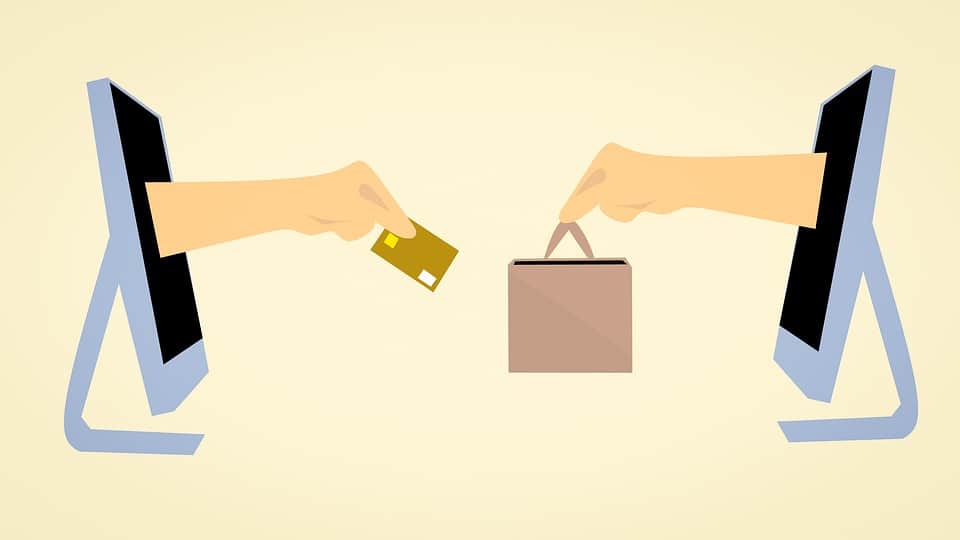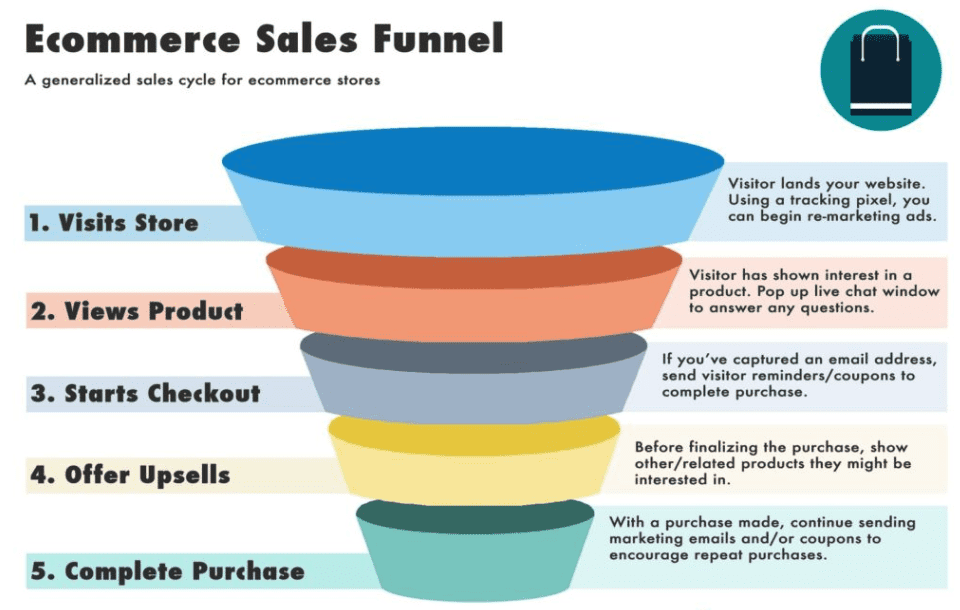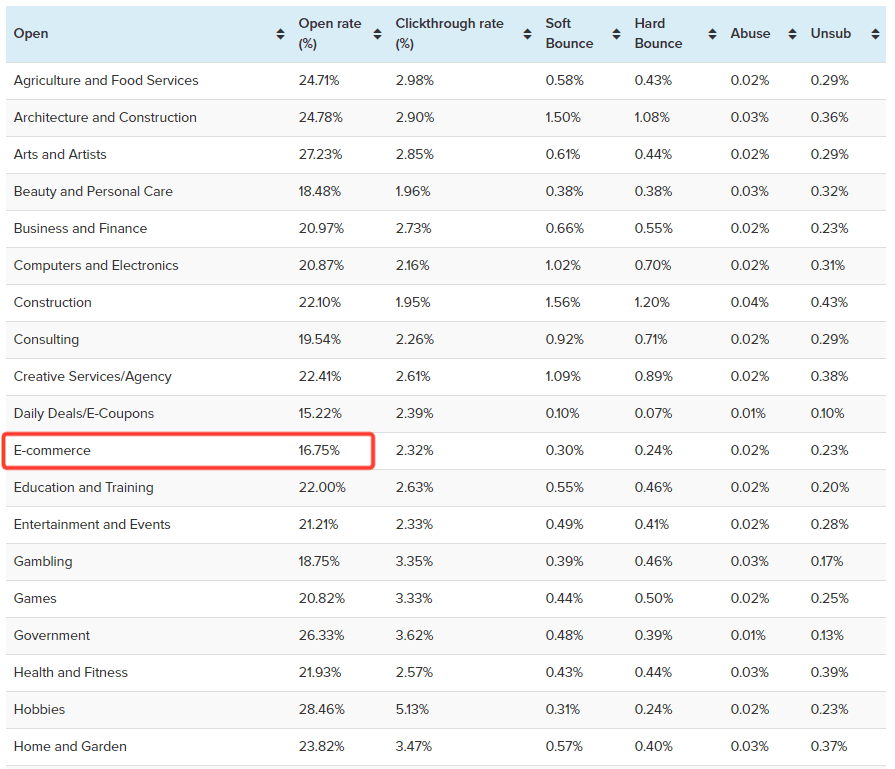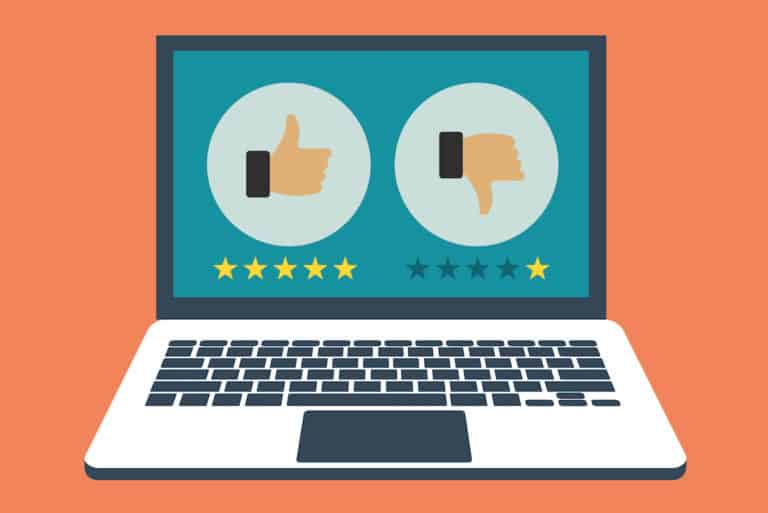
Every sales funnel leaks. Ecommerce funnels are no exception.
After all, that’s why we call it a funnel. Fewer prospects move to each successive stage. Your customers only represent a small fraction of your store’s visitors.
If your sales funnel didn’t leak at all, you would convert 100% of your traffic into buyers. Obviously that’s not reasonable, so you have to expect some leakage.
But some funnels leak more than others, and most funnels can be improved. Like most ecommerce stores, you’re probably letting customers slip through your fingers. Every sale you fail to make is less cash in your pocket you could spend on growth.
Every portion of your sales funnel can be optimized, but it’s smart to start by addressing the big leaks that stunt your conversions. In this post, we’ll talk about how you can identify and plug the big leaks in your funnel.
Step 1: Get a High-Level View of Your Funnel
You have a sales funnel whether you’ve built one deliberately or not. If you haven’t mapped a sales funnel, now’s the time.
Map your customers’ journey from the moment they become aware of your store to the moment they make a purchase. How do they find your store? What do they have to learn before they buy? Which pages must they reach? Do they need to subscribe to your email list? How long does it take them to make a decision?
For example, here’s a simple ecommerce sales funnel. Yours might be more or less complex.

By plotting your customers’ journey, you’ll see the shortest, cheapest and most reliable path to conversion. You can use this information to optimize their path.
For example, if you sell $10 novelty gag gifts, your customers probably don’t spend a lot of time researching competing products or reading reviews. It’s probably best to just show them the product on a landing page without much ado.
But if you sell $20,000 fishing boat motors, your customers probably take a longer journey before they buy. Instead of funneling them to product pages, it might make more sense to entice them to subscribe to your email list with a content offer, and then nurture them with email marketing.
Step 2: Measure Each Step of Your Funnel
Once you know what your funnel looks like, your next step is to measure each step you expect your customers to take. This will help you identify where you’re leaking an unusually large number of people.
You’ll also have to compare your results to industry averages to make sure your performance is in line with other stores. Every store is different, but by the comparison will help you determine if that step is causing a big leak.
For instance, let’s say part of your funnel involves driving email subscribers back to your website for promotions. To determine the effectiveness of that step, one thing you should measure is your email open rate.
According to Smart Insights, the average open rate for an ecommerce email is 16.75%. If your open rate is significantly lower than that, you’re letting people leak out of your funnel.

If you measure a step in your funnel that performs unusually low, take steps to improve it. Keep in mind, however, that the purpose of each step is only to take shoppers to the next step, not the final sale. For instance, your subject lines only have to get users to open emails.
Step 3. Review the Quality of Your Traffic
If you get plenty of traffic, but they refuse to convert, you may be attracting the wrong kind of visitor.
“The top of your funnel is an important part of lead generation,” says Chief Marketing Scientist Peter Wyro. “Focus on generating the right opportunities with the right prospects.”
No amount of high-quality images, engaging videos, or persuasive copy will convince someone to buy if they don’t have any want or need for your products.
Examine your traffic sources. Use analytics tools to identify where visitors come from. Then ask yourself if those sources provide any value.
If you use Facebook ads to drive traffic, consider if you’re promoting to the right audience, or if your ads use copy and imagery your customers want to see. If you use content marketing and SEO, consider if your content speaks to likely buyers.
Keep in mind that the number of people who visit your website is irrelevant. What matters is the number of people who turn into buyers. Would you rather have 10,000 visitors and six sales, or 100 visitors and 50 sales?
Instead of driving lots of traffic, focus on driving the right traffic.
Step 4: Optimize Your Product and Checkout Pages
Your product pages and checkout pages are more valuable than other pages on your website. Anyone might browse your home page, category pages or blog posts for any reason, but you know that if visitors explore your product and checkout pages, they’re primed to make a purchase.
Use tools like Crazy Egg, MouseFlow, or Lucky Orange to see where users hover their mouse, where they scroll, and what they click. You can even watch screen recordings of exactly how visitors behave on your important pages. If they don’t notice a key selling point, move the point somewhere they do notice.
Design your product pages with everything shoppers need to make buying decisions. Have conversations with your customers to learn what types of information they need, then put that information on your product pages for future customers.
If you don’t give them what they need to know, they’ll get that information elsewhere – and probably buy there, too.
Your checkout pages should be clean, focused, and as simple as possible. At this point, shoppers shouldn’t come across any surprises (like extra fees or limited payment methods).
“Checkout flows and pages are the easiest place to lose a customer to various distractions if you don’t slim this down to just moving them through the funnel,” says digital marketer Tony Adam.
Measure everything you can about these pages and take great care to improve them. Limit your shopper’s options so they don’t get distracted. Make them trust you to eliminate friction.
Every part of your funnel can be optimized, but it’s smart to start by addressing the big leaks. Share on XStep 5: Don’t Give Up If They Don’t Convert
Just because your customers don’t buy right away doesn’t mean they won’t become customers in the future. They can hover in various stages of your funnel for a while, or be re-routed to earlier stages.
For instance, according to the Baymard Institute, 67% of shopping carts are abandoned. People fill their carts and leave without completing checkout. You can recover a non-trivial percentage of those abandoned carts with automated recovery emails, effectively turning pulling lost conversions back into your funnel.
Email marketing is also a critical tool for ecommerce stores. Even if your customers don’t buy right away, you can nurture them with content and entice them with promotional offers via email.
With retargeting, you can re-engage with customers after they’ve left your store and entice them to return. For example, you might post a special ad on Facebook with a coupon for anyone who visited your store in the last two days.
Address Your Funnel Leaks Today
Stopping leaks in your funnel isn’t an overnight process. Even if you figure out where and why you’re losing more potential customers than you should, finding solutions might require lengthy and elaborate testing. You may have to experiment with several solutions before you find the one that stops the leak.
Therefore, it’s important to address your funnel’s leaks as soon as possible. The sooner you fix the leaks, the sooner you can drive more traffic into the top of your funnel to create more sales.

